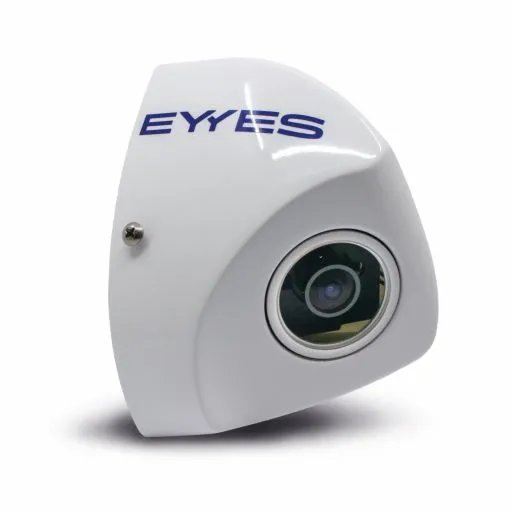Brigade has launched a new heavy-duty radar detection system to enable construction vehicles and mobile plant equipment to manoeuvre more safely, preventing costly vehicle damage.
February 3, 2012
Read time: 2 mins
The system warns the driver that an object is in range by means of both graduated visual and audible warnings. The visual display has five LEDs each representing one fifth of the detection range, whilst the intermittent audible sound increases in rate as an object becomes closer. Xtreme Backsense can be programmed to maximum detection ranges of six, eight or ten metres depending on requirements and has improved precision with the last graduation only 80cm from the sensor. This graduated warning system allows the driver to judge speed and direction with limited visibility.
Multiple sensors can be connected to the rear, front or side with a single display to increase the detection area and maximise safety. Additionally, Xtreme Backsense can be integrated with other vehicle safety devices which enhance operator awareness, such as camera monitor systems and reversing alarms, the latter also helping to warn other workers.








